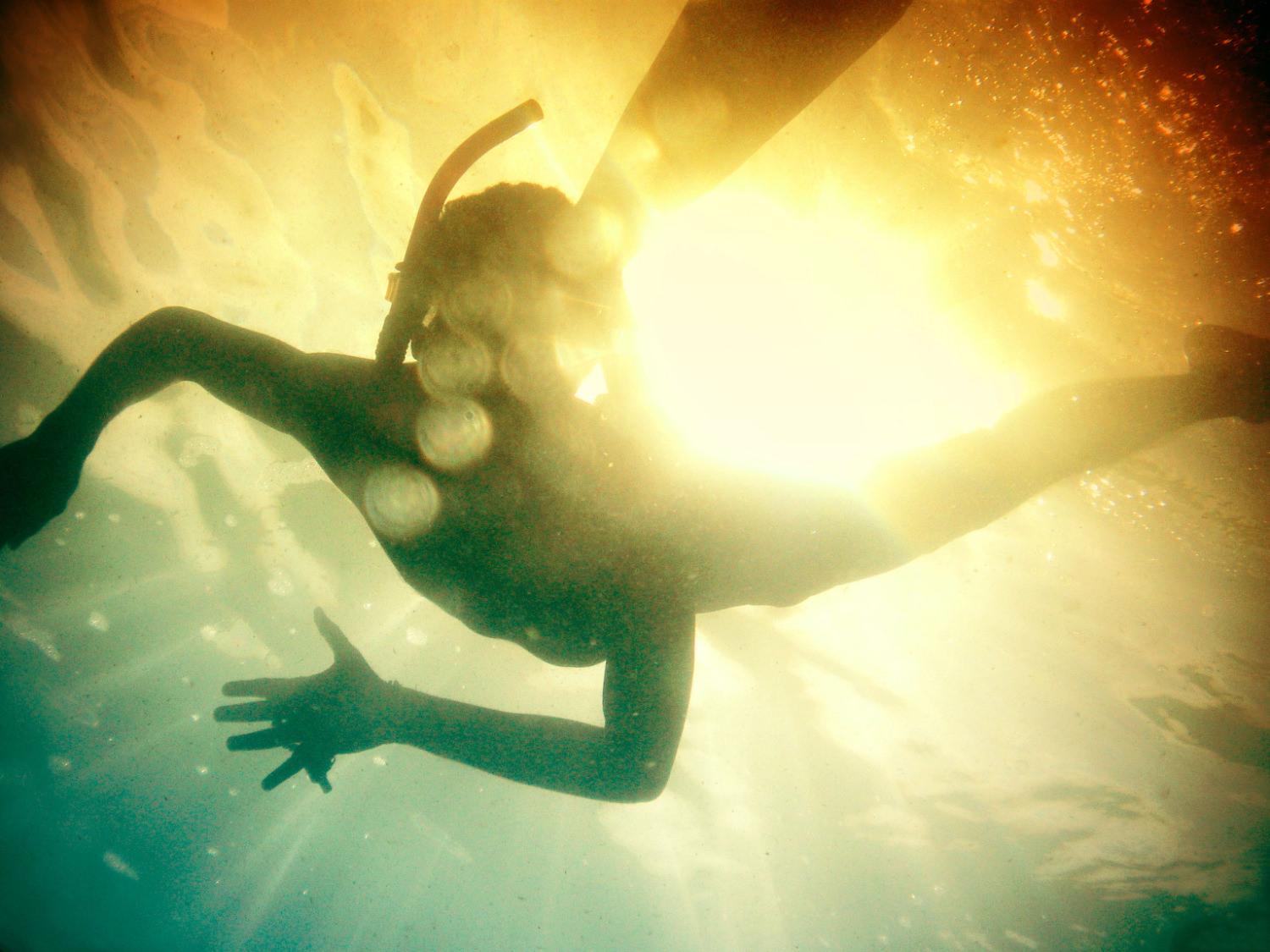Underwater photography is an excellent way to see and capture an exciting and vibrant world that we rarely get to experience. It's also a lot of fun, allowing for many unique, creative compositions and viewpoints.
Many people never try underwater photography, assuming that it requires expensive equipment. However, while the professionals use high-end waterproof camera housings, there are also many manufacturers who make cheap, disposable underwater cameras.
This makes underwater photography accessible to everybody, from the beginner enthusiast to the professional, so there's no excuse to not give it a go.
Whatever your experience level and equipment capabilities, the principles of underwater photography remain the same. By following these guidelines, and combining them with traditional composition rules, you'll be producing stunning underwater shots in no time.
Use the Right Equipment
When shooting underwater photos you obviously need a camera that is waterproof. Your best bet is to use a one-shot disposable underwater camera, which will go as deep as 50ft. They're cheap, tough, and designed for the job in hand, and best of all you can spend less time worrying about damaging your camera, and more time taking great underwater photos.
Use the right equipment so you can focus on your photos, not protecting your camera. Image by mgleiss.
You can also buy waterproof housings for most film and digital cameras. These allow you to use your normal equipment, including lenses, underwater, but they are very expensive, so they're really for the serious professional only!
Find Some Clear Water
If there's one thing that can ruin an underwater photo, it's murky water. If the water is filled with sand and dirt, your photos will come out looking dull too. See if you can move to a clearer patch of water; if not, get closer to your subject - the less distance between you, the less your shot will be affected.
Shoot in clear water and get close to bring out the detail and colours. Image by Andreas Metz.
When moving around, be sure to move slowly and try not to kick up sand. If you do, be sure to give it enough time to settle again before snapping your photo.
Steady Yourself
It can be very hard to compose and shoot an underwater photo if you're floating around, particularly if you're in the sea where there are strong currents. Prop your body against a rock or get a friend to hold you steady while you take your photo.
Remember to Breathe
Take several deep breaths before you go underwater, or better still use a snorkel. This will give you plenty of time to frame, compose and shoot your photo before you need to come up for air.
Take plenty of breaths or use a snorkel to give you plenty of time to take your photo. Image by Felix Esteban.
The only time you shouldn't breathe is when you're actually shooting your photo - bubbles from your nose and mouth will pass right in front of the lens, potentially ruining a great underwater photo.
Use the Flash
The sea does an excellent job of filtering out the sun's rays, even at a fairly shallow depth. Unfortunately this means that as you get deeper underwater, you'll find all the colour draining from your scene, leaving it looking grey and lifeless. Use your camera's flash to restore this lost colour, giving your underwater photo a more vibrant look.
Have Fun!
Experiment with different angles and compositions to inject some personality into your underwater photos. Image by Hani Amir.
Underwater photography is all about having fun, so don't be afraid to experiment with unusual camera angles and subject matter:
-
Shoot above the water - waterproof cameras also work above water, and are ideal for shots where you're likely to get splashed.
-
Take half-and-half photos - position half the lens above the water and half underwater to create an interesting split photo.
-
Go upside down - when you're underwater you can effectively defy gravity, turning your body in all directions. Use this to your advantage and shoot some photos from unusual angles and viewpoints.
